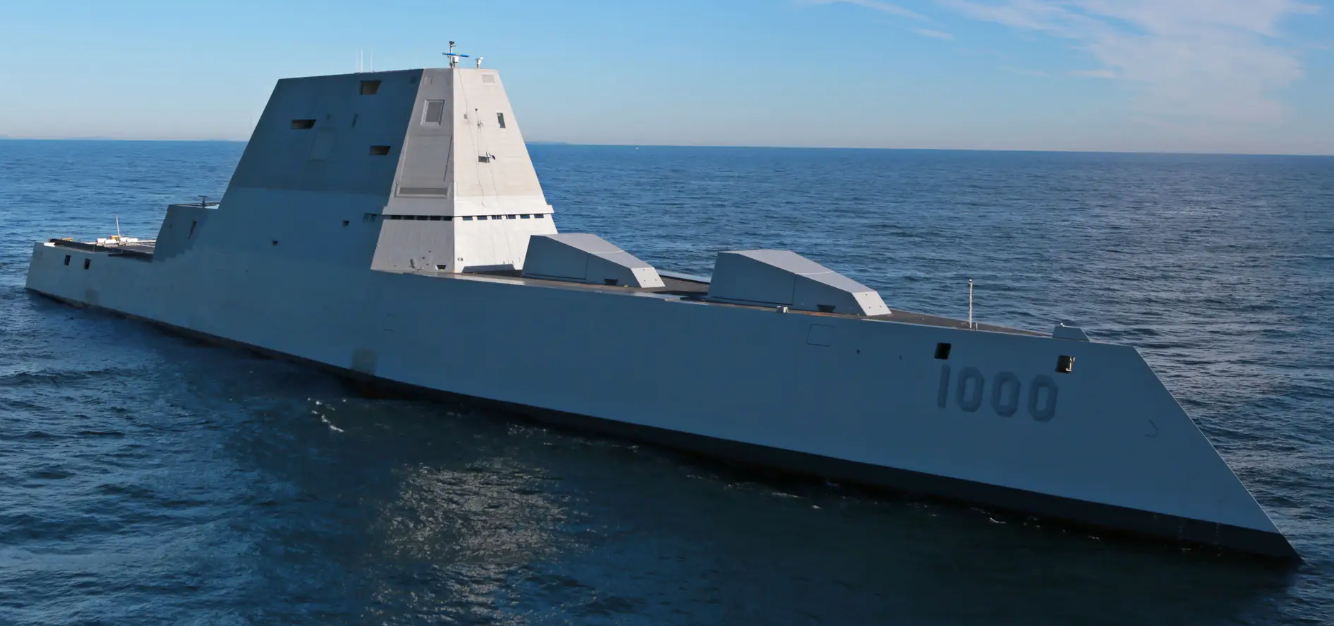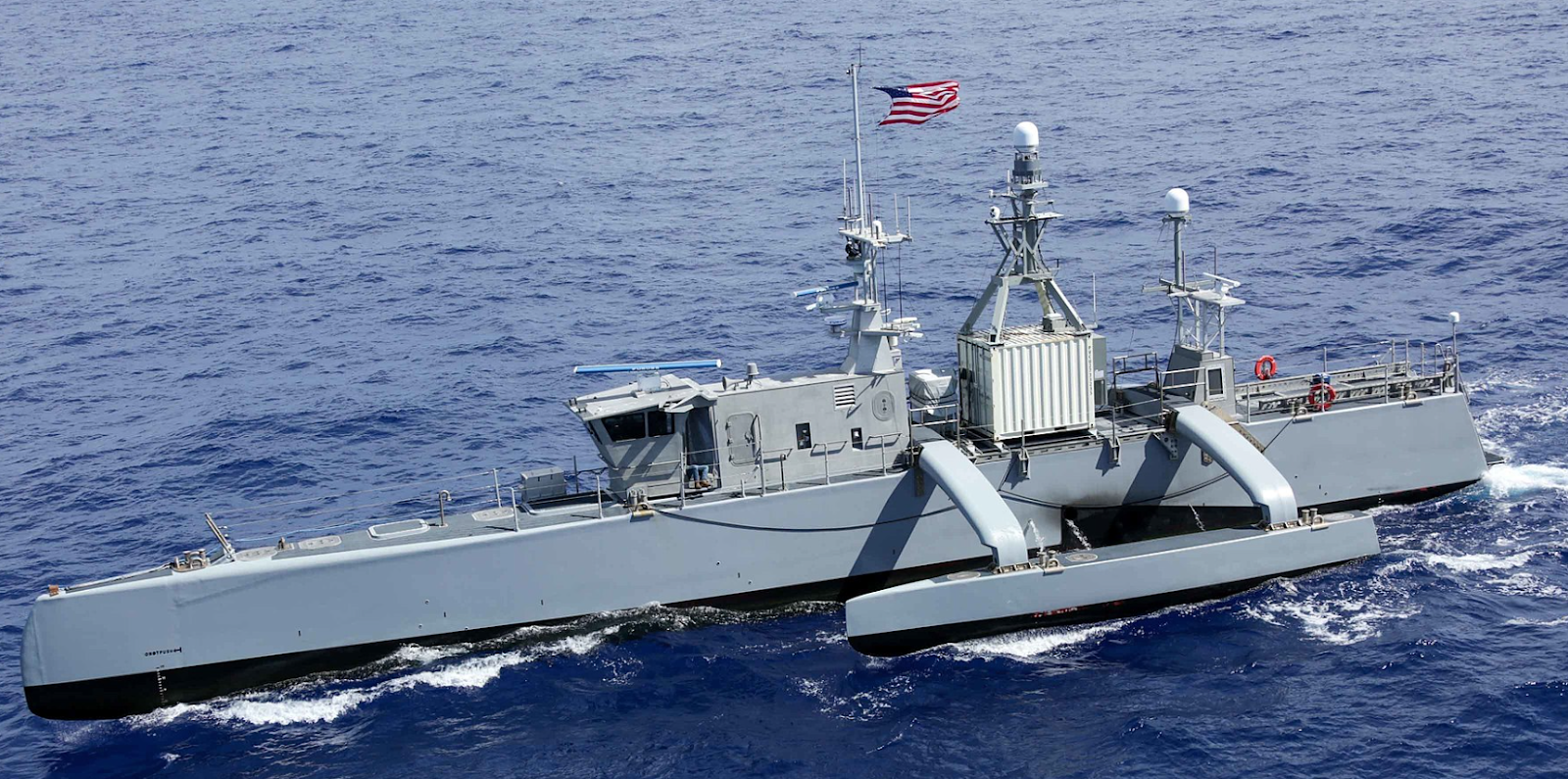First, there was the Golden Dome — President Trump’s signature defense initiative, which aims to fortify the American mainland with an impenetrable missile shield.
That project is still very much alive and set to generate revenue for defense contractors for years — if not decades — to come.
Well, now it’s being joined by a second, equally ambitious effort to transform America’s Navy into what Trump is calling the “Golden Fleet.”
“We’re not really building ships, and we’re going to start, and we’re going to have a very thriving shipbuilding industry,” Trump said during a recent visit to South Korea, a world leader in the industry.
Apparently, this has been on his mind for a while, as Trump has been texting Navy Secretary John Phelan late into the night demanding progress reports.
“President Trump has texted me numerous times very late at night, sometimes after one in the morning [about] rusty ships or ships in the yard, asking me what I’m doing about it,” Phelan said during his confirmation hearing.
Trump is indeed concerned about the appearance of America’s warships — even going so far as to complain about the aesthetic of stealth vessels.

“They say, ‘Oh, it's stealth.’ I said, ‘That's not stealth.’ An ugly ship is not necessary in order to say you're stealth,” Trump said.
Of course, revitalizing America’s shipbuilding industry and modernizing our fleet of warships isn’t just about appearances — it’s also about countering China.
China’s advantage in this arena is devastating.
The country has 232 times the shipbuilding capacity of the United States, helped in part by government subsidies.

With that capacity, China was able to expand its fleet from 355 warships in 2020, compared with 296 in the U.S. Navy. And if that trajectory holds, China will have 475 operational warships by 2035, compared with just over 300 for the United States.
To be fair, America’s ships are still more advanced, and we boast a world-leading 11 aircraft carriers, compared with China’s three.
But our adversary in the Pacific is working to address that as well.
China is developing a huge nuclear-powered aircraft carrier that would rival the biggest vessel in the American fleet.
This rapid, table-turning dynamic can’t be allowed to stand if the United States intends to maintain its foothold in the Pacific and continue to safeguard Taiwan.
Hence the Golden Fleet initiative.
Under Trump’s proposal — the details of which are still being hashed out — the United States would ramp up production of warships large and small.
The Best Free Investment You’ll Ever Make
Join Wealth Daily today for FREE. We’ll keep you on top of all the hottest investment ideas before they hit Wall Street. Become a member today, and get our latest free report: “Guardians of Growth: 3 Defense Contractors for Savvy Investors.”
It contains full details on the three companies that are set to provide explosive growth in the defense sector over the next Decade.
After getting your report, you’ll begin receiving the Wealth Daily e-Letter, delivered to your inbox daily.
The build-out would run the gambit from corvettes (the smallest class vessel) to destroyers, cruisers, and submarines — all outfitted with more powerful, long-range missiles, including hypersonics.
It would also provide for the development of a whole new class of ships — one that would displace between 15,000 and 20,000 tons, making them much larger than our current crop of destroyers.
A new class of frigates — the Constellation-class — is also being developed with the hopes of being deployed in 2029. It’s intended to have the most advanced anti-submarine and anti-surface warfare capabilities.
But that’s not all.
Countering China’s naval power will also mean developing and deploying more unmanned vessels — both undersea and on the surface of the ocean.
For example, DARPA and Northrop Grumman recently rolled out an underwater drone dubbed the “Manta Ray.”

The Manta Ray is designed to operate at long range for extended periods of time.
It’s payload-capable, which means it can fire weapons, and it can even “hibernate” on the sea floor to conserve power.
The Navy also has an uncrewed vessel called the “Sea Hunter” that it uses to detect and track enemy submarines.

Vessels like these can be advantageous because they can stay at sea longer than crewed vessels and eliminate the need for costly human logistics.
They’re also cheaper and easier to produce than nuclear submarines, destroyers, and carriers.
Of course, the firepower and enhanced capability those ships offer ensure they’ll always have a place in America’s fleet.
Indeed, the idea isn’t to replace them with smaller, unmanned vessels but to complement them.
In fact, the Navy has developed a plan known as “Hellscape” to defend Taiwan should China try to invade. It would effectively block the Taiwan Strait with a wall of surface ships, submarines, and underwater and aerial drones.
That initiative dates back to the Biden administration, but Trump’s plan goes far beyond the implementation of drone and counter-drone technology.
It’s a total reinforcement of America’s Navy.
That’s why he’s established a White House Office of Shipbuilding that’s already negotiating deals with America’s overseas partners.
One such deal was struck with Finland for 11 new arctic cutters. The first four vessels will be built in Finland, with an additional seven ships constructed at U.S. facilities.
Another deal was finalized with South Korea during Trump’s visit. That deal is expected to generate $350 billion in investment and trade between the two countries.
More are certain to follow.
The bottom line is that Trump isn’t just reinvesting in America’s military — he’s reimagining it.
And it’s not just setting up a massive windfall for defense contractors — it’s pouring money into investors’ pockets, as well.
Better still, one company in particular stands out among the crowd. So be sure to get my latest report on that here.
Fight on,

Jason Simpkins
Simpkins is the founder and editor of Secret Stock Files, an investment service that focuses on companies with assets — tangible resources and products that can hold and appreciate in value. He covers mining companies, energy companies, defense contractors, dividend payers, commodities, staples, legacies and more… He also serves as editor of The Crow’s Nest where he analyzes investments beyond the scope of the defense sector.
For more on Jason, check out his editor’s page.
Be sure to visit our Angel Investment Research channel on YouTube and tune into Jason’s podcasts.
Want to hear more from Jason? Sign up to receive emails directly from him ranging from market commentaries to opportunities that he has his eye on.




